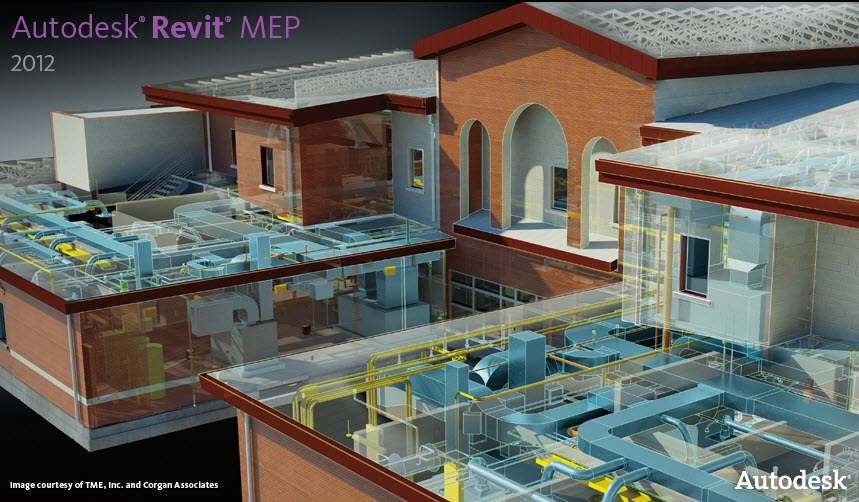Revit MEP is the design and construction documentation solution for mechanical, electrical, and plumbing (MEP) engineering. Seamlessly collaborate with architects using Revit Architecture software in an intuitive design environment. Minimize coordination errors with architects and structural engineers using the Revit platform and building information modeling (BIM) workflows. And with BIM, provide better decision making and building performance analysis support for the engineer.
Revit MEP

Thursday, October 30, 2008
Revit Extensions for Revit MEP 2009
Revit® Extensions are a series of easy-to-use applications that extend the capabilities of Revit® MEP 2009 software in key areas, including modeling, coordination, and documentation. Specifically, the extensions provided in this executable file are: Freeze Drawings, Compare Models, Text Generator, and Elements Positioning. The file installs the Revit Extensions for Revit MEP 2009. It also includes the Extensions Engine, a platform that hosts each Extension within Revit MEP 2009.Please note that the multi-language executable file contains content in English and Simplified Chinese. Revit Extensions for Revit MEP 2009 are now compatible with the 32-bit and 64-bit versions of Revit MEP 2009 software.
This new content can be downloaded for free from your Autodesk subscription login.
Friday, October 10, 2008
Revit Analogy to Reverse Notation Calculators
The Reverse notation scheme was proposed in the early 1960s to reduce computer memory access and utilize the stack to evaluate expressions. The notation and algorithms for this scheme were enriched by Australian philosopher and computer scientist Charles Hamblin in the mid-1960s.
In Reverse notation, the operators follow their operands; for instance, to add three and four, you would write "3 4 +" rather than "3 + 4". If there are multiple operations, the operator is given immediately after its second operand; so the expression written "3 − 4 + 5" in conventional infix notation would be written "3 4 − 5 +" in Reverse notation: first subtract 4 from 3, then add 5 to that. An advantage of Reverse notation is that it obviates the need for parentheses that are required by infix. While "3 − 4 * 5" can also be written "3 − (4 * 5)", that means something quite different from "(3 − 4) * 5", and only the parentheses disambiguate the two meanings. In postfix, the former would be written "3 4 5 * −", which unambiguously means "3 (4 5 *) −".
Friday, October 03, 2008
Revit 64-Bit Benchmark Results by Jason Grant
"Before the 64-Bit was even released I was just finishing up a benchmark
program that was very difficult and taxing on RAM and processor. We were trying
to figure out what laptop would be best for our Revit users. Since the 64-Bit
has been released I have now run it and was shocked at the improvement. On
another note, I was let down that the SP2 for 2009 was actually slower then the
WU1 but that quickly disappeared when I heard about the 64-Bit version. "